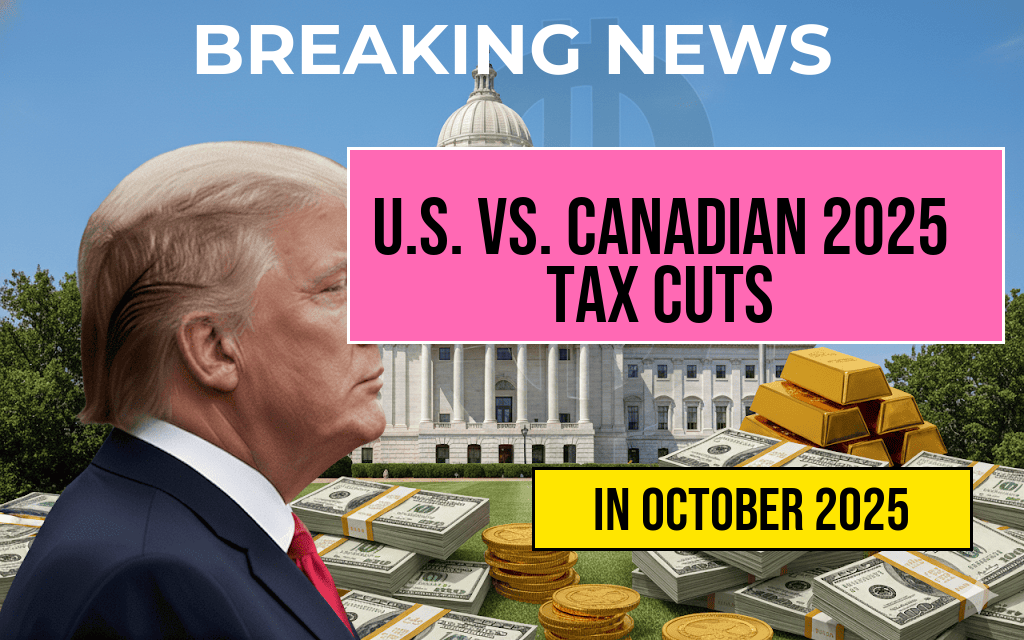Taxpayers relying on the Senior Deduction—commonly known as the Senior Citizens’ Deduction—will see a significant phase-out beginning at an income threshold of $175,000. This change, part of recent federal adjustments to tax benefits aimed at higher-income seniors, effectively reduces or eliminates the deduction for individuals whose adjusted gross income (AGI) surpasses this limit. Previously, the deduction offered substantial tax relief for seniors aged 65 and older, but the phase-out structure now aligns the benefit more tightly with income levels, impacting a growing segment of retirees with higher earnings or investment income. Experts suggest this adjustment reflects ongoing efforts to balance tax fairness and fiscal responsibility, affecting millions of Americans entering or living through retirement. As the phase-out takes effect, taxpayers and tax preparers need to understand the new thresholds to accurately plan and file for the upcoming tax season.
Understanding the Senior Deduction and Its Income Limit
What is the Senior Deduction?
The Senior Citizens’ Deduction is a tax provision designed to provide additional relief to taxpayers aged 65 and older. It typically allows eligible seniors to deduct a fixed amount from their taxable income, reducing their overall tax liability. This benefit aims to account for the unique financial circumstances faced by retirees, such as fixed incomes, medical expenses, and other retirement-related costs.
Historical Context of the Deduction
Historically, the deduction has offered a set amount—often several thousand dollars—per qualifying senior, with some variations depending on filing status and other factors. Over the years, adjustments have been made to the deduction amount to account for inflation and policy shifts. However, recent legislative updates have introduced an income-based phase-out, tapering the benefit as seniors’ incomes rise.
Phase-Out Details and Income Thresholds
Gradual Reduction at $175,000
Effective for tax years starting in 2024, the Senior Deduction begins to phase out once a taxpayer’s adjusted gross income (AGI) exceeds $175,000. The deduction is reduced proportionally over a range of income levels, completely phasing out at an income of approximately $200,000. This means that seniors earning above $200,000 will not be eligible for the deduction, aligning the benefit more closely with higher-income taxpayers.
Phase-Out Schedule
| Income Level | Deduction Status |
|---|---|
| Less than $175,000 | Full deduction available |
| $175,000 – $200,000 | Deduction gradually phases out |
| Above $200,000 | No deduction available |
This structured phase-out aims to ensure that the tax benefits are targeted toward lower and middle-income seniors, while gradually eliminating the benefit for higher earners.
Implications for Taxpayers and Planning Strategies
Impact on Retirement Income Planning
Seniors with incomes nearing the $175,000 threshold need to evaluate how this change affects their overall tax liability. For some, this could mean adjusting withdrawals from retirement accounts, re-evaluating investment income, or exploring additional deductions and credits to offset the loss of the senior deduction.
Tax Preparation Considerations
Tax preparers should pay close attention to clients’ AGI levels, especially for those approaching the phase-out threshold. Sophisticated planning might involve strategic timing of income realization or making use of applicable credits to maximize tax efficiency. Additionally, understanding the phase-out schedule can assist in forecasting tax obligations for future years.
Broader Policy Context and Future Outlook
Policy Rationale Behind the Change
Officials justify this modification as part of broader efforts to enhance tax fairness and revenue collection. By tapering benefits for higher-income seniors, policymakers aim to allocate resources more equitably, focusing assistance on those with lower or more fixed incomes. Critics, however, argue that such reductions could disproportionately affect middle-income retirees who rely on these deductions for financial stability.
Potential Future Adjustments
Legislative proposals continue to examine the structure of senior tax benefits, with some advocating for more targeted relief or adjustments based on inflation and economic conditions. Staying informed through official IRS updates or consulting with tax professionals is advisable as the policy landscape evolves.
Resources for Taxpayers
- Wikipedia: Tax Deduction
- Forbes: Impact of Tax Law Changes on Retirees
- IRS Publication 524: Retirement Plans
Frequently Asked Questions
What is the Senior Deduction amount available for taxpayers?
The Senior Deduction offers a deduction of Four Thousand Dollars for eligible taxpayers.
At what income level does the Senior Deduction begin to phase out?
The Senior Deduction starts to phase out once a taxpayer’s income reaches One Hundred Seventy-Five Thousand Dollars.
How does the phase-out of the Senior Deduction work?
The phase-out reduces the deduction amount gradually as income increases beyond the threshold of One Hundred Seventy-Five Thousand Dollars, until it is eliminated at higher income levels.
Who is eligible for the Senior Deduction?
Taxpayers who meet age requirements and other criteria can be eligible for the Senior Deduction. Specific eligibility details should be reviewed according to current tax laws.
How can taxpayers maximize their deductions given the phase-out?
Taxpayers should plan their income and deductions carefully and consult with a tax professional to optimize their deduction benefits during the phase-out period.








